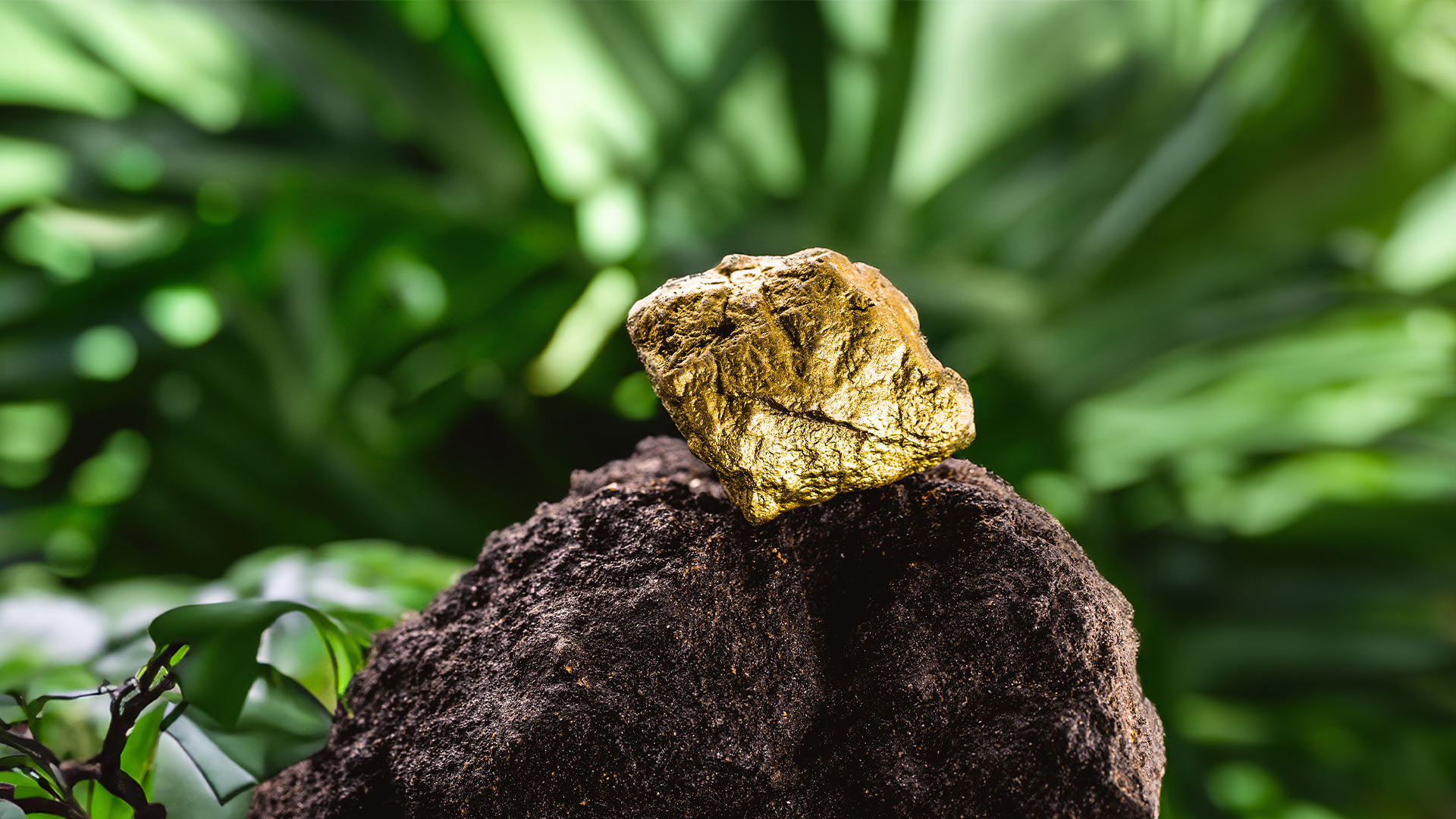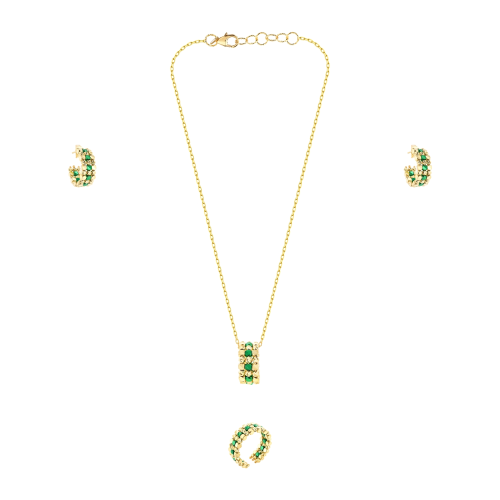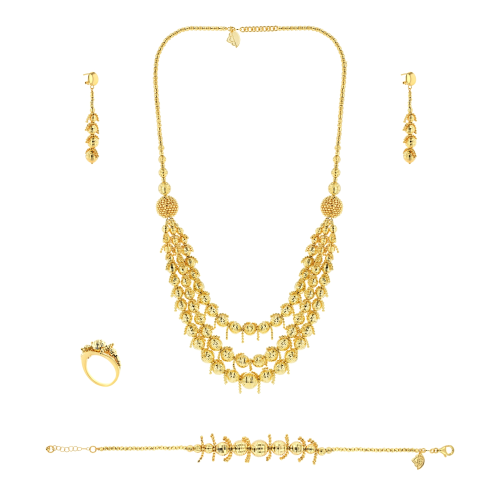Unknown Facts about Gold Extraction in the Jungle

Gold extraction in the jungles is an intense and often dangerous task that reveals the extremes humans will go to access precious metals. Despite its allure, the process involves challenging work, environmental impact, and risky operations. Here, we uncover some lesser-known aspects of how gold is mined deep within the dense, isolated jungles, where human survival is tested, and nature faces substantial consequences.
1. Extreme Conditions of Jungle Mining
Mining for gold in the jungle isn't just physically challenging; it's a fight against nature itself. Jungle miners often face extreme temperatures, humidity, and dense foliage that make any movement a struggle. Many miners live in makeshift tents or huts, battling not only the elements but also wildlife, including insects, snakes, and large mammals. The dense vegetation and difficult terrain also mean miners often have to carry equipment by hand, adding to the grueling nature of the job.
2. Unregulated and Informal Mining
Many jungle mining operations are unregulated and performed by informal groups. These groups often work without official oversight or permits, creating a shadow industry that thrives on the high demand for gold. This lack of regulation often leads to unsafe working conditions and questionable practices, including the use of mercury in gold extraction. Mercury is highly toxic, and its usage poses a serious health risk to miners and local communities.
3. Environmental Destruction
The environmental cost of jungle gold mining is severe. The deforestation involved clears huge swathes of rainforest, disrupting ecosystems and displacing wildlife. In addition to deforestation, the use of chemicals like mercury and cyanide contaminates rivers and soil, affecting not only the immediate area but downstream communities and ecosystems. Reports suggest that some areas have seen hundreds of acres of rainforest lost to illegal mining.
4. Unique Extraction Techniques
In the jungle, miners often use rudimentary techniques for extracting gold. One common method is “panning,” where water and soil are mixed to separate gold particles. This process requires patience and precision, as miners sift through tons of sediment by hand to collect small amounts of gold. In some cases, small-scale miners build makeshift sluice boxes or use mercury amalgamation—a practice where mercury binds with gold to create an alloy, which is later heated to remove the mercury, leaving behind pure gold. However, this process is highly toxic and poses significant health risks.
5. Dangerous Living Conditions
The isolation of jungle mining camps often leads to minimal access to medical help, clean water, and safe shelter. Injuries are common due to the use of unregulated machinery, sharp tools, and lack of protective equipment. The conditions are physically and mentally exhausting, and without nearby medical assistance, even minor injuries can become life-threatening. The remoteness also brings miners into close contact with endemic diseases like malaria, dengue, and other tropical illnesses.
6. Economic Pressures and Livelihood
For many, jungle gold mining represents the only source of income. Communities often depend on mining as a means to earn a living, despite the associated risks. It’s not unusual for entire families to engage in mining work, with older children and adults alike participating in the labor-intensive tasks. Economic instability and lack of access to other job opportunities compel people to work in these dangerous environments, despite the toll it takes on their health and the environment.
7. Rising Demand and the Future of Jungle Mining
The rising demand for gold, driven by its value as an investment asset and its use in electronics, continues to fuel the jungle mining industry. With limited enforcement of environmental regulations, illegal mining activities are expected to increase in many tropical regions. Efforts to regulate these operations are essential to minimize environmental damage and protect the health of workers.
Mining for gold in the jungle is not only a harsh livelihood but also an unregulated practice that brings devastating consequences to both people and nature. While this industry offers economic benefits to impoverished regions, it also presents environmental and health hazards. The complex balance between economic survival and environmental preservation remains a challenge, especially in remote regions where gold extraction flourishes under limited regulation.

Our Promise
Fast shipping
Receive your jewelry in maximum 3 days.
Return guaranteed
Requesting a return is quick and easy.
Ethical Sourcing
Ethically Sourced Materials
Payments
Buy in the most convenient way for you.







